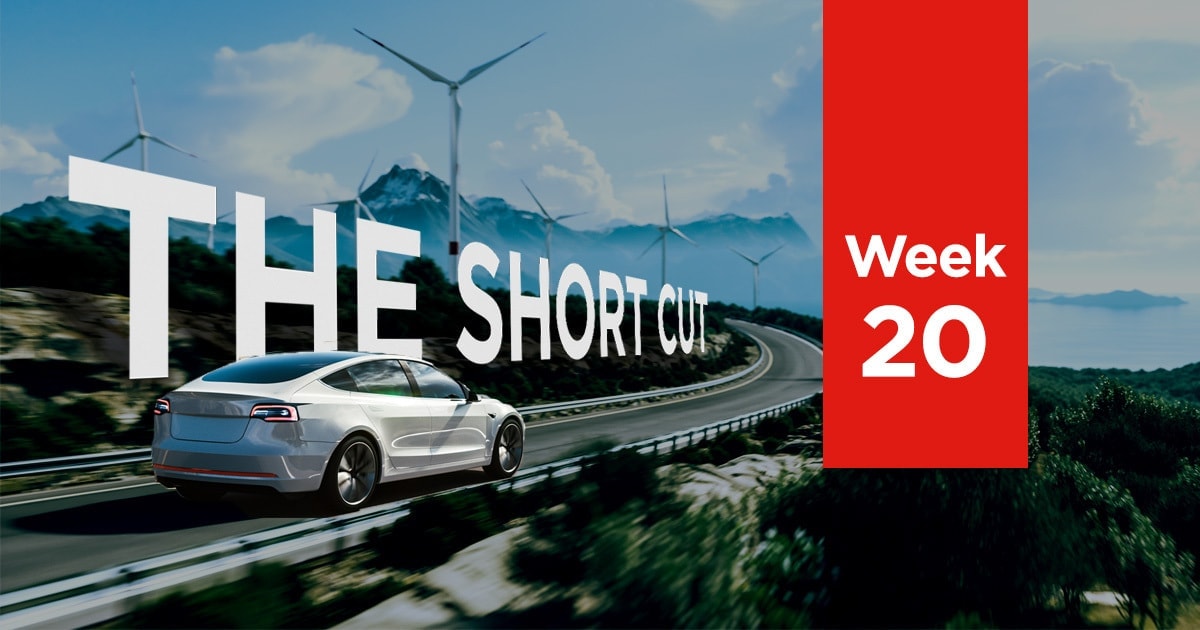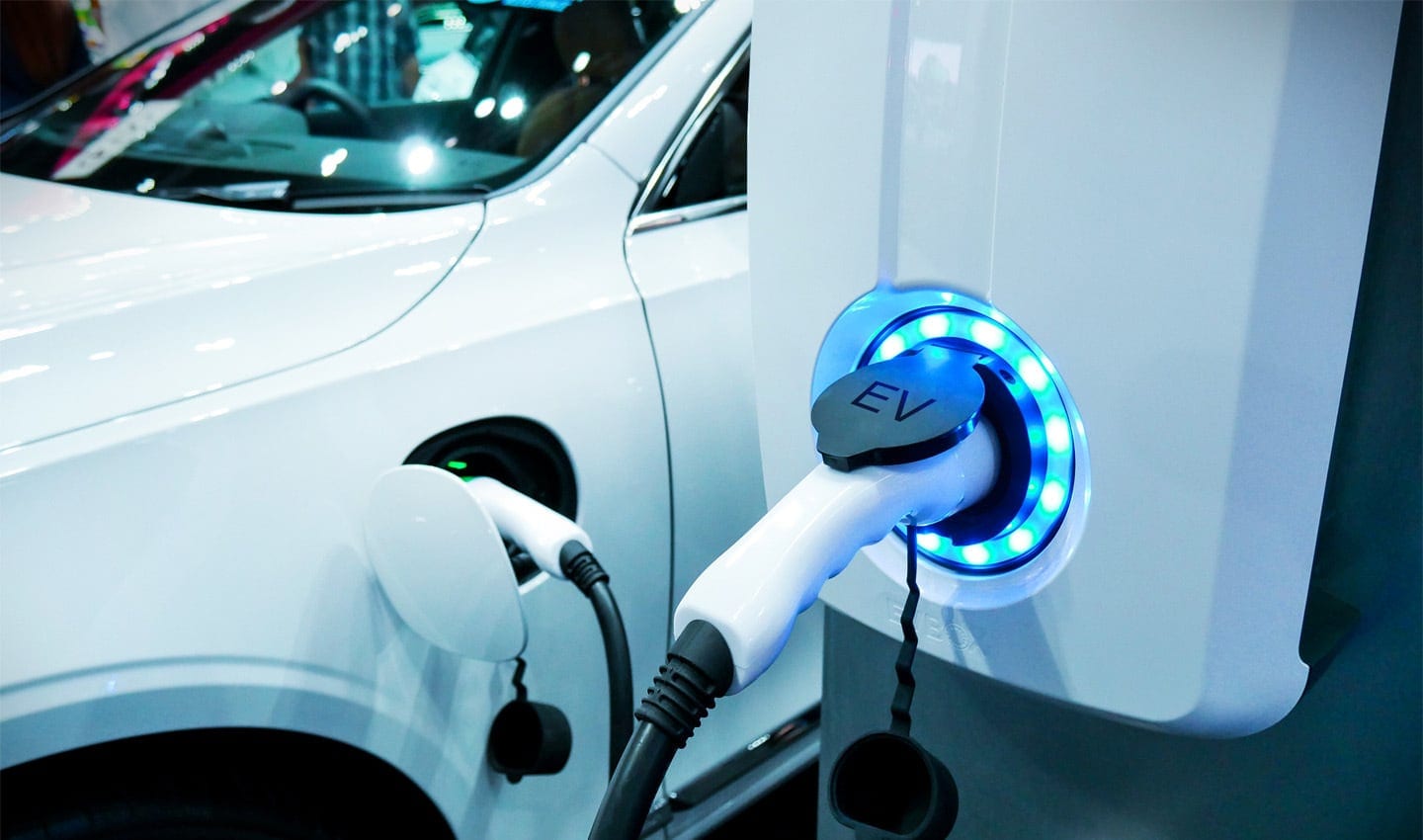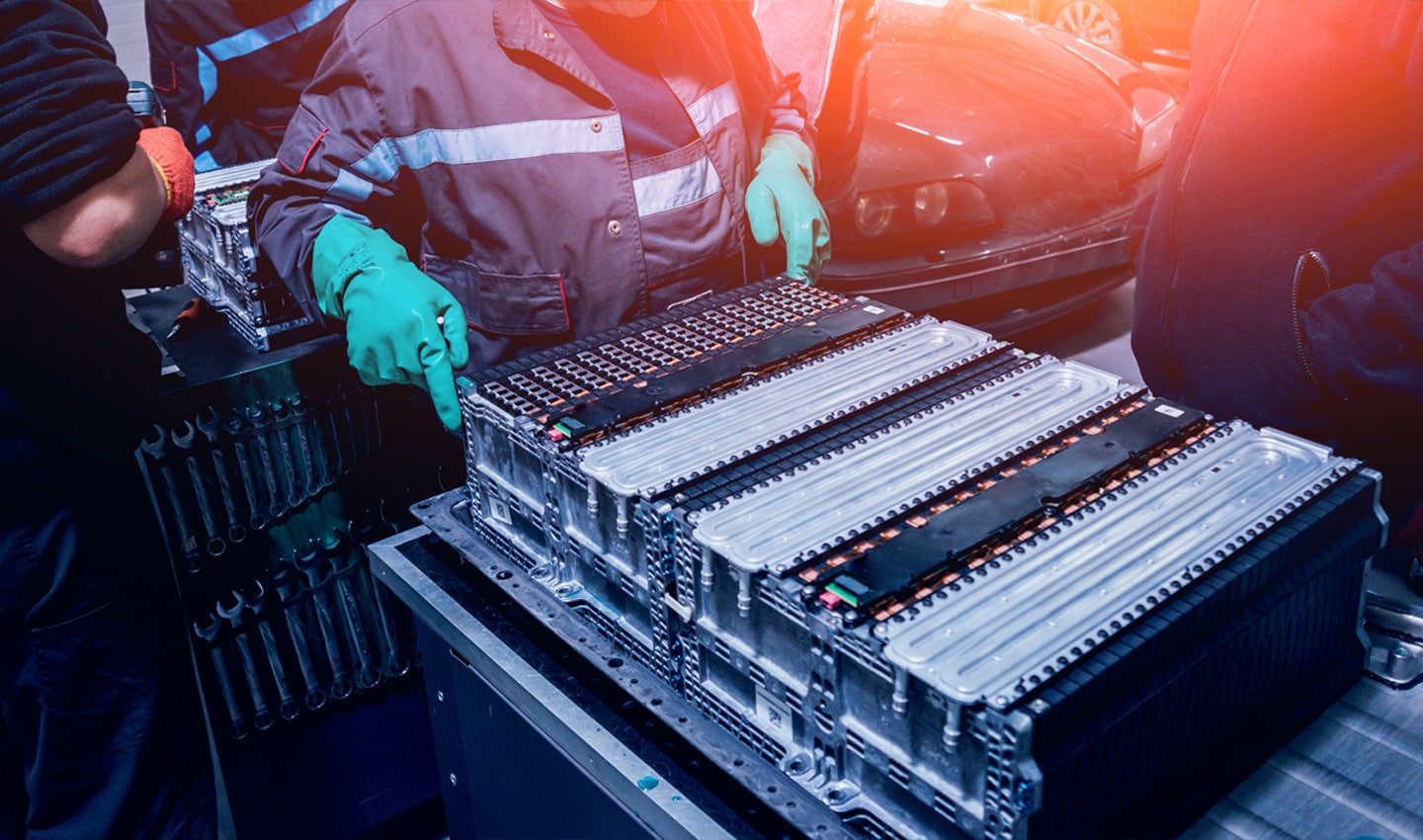
Look who’s back! Always nice to see a familiar face. In this week’s Short Cut we’ve got news on EV sales, swapping batteries and New Zealand’s net zero climate change plan. Read ahead and enjoy.
Study reveals EVs sales are still too slow to stop climate change
Slow and steady wins the race? Maybe not. McKinsey's Center for Future Mobility and co-author of Mobility's Net-Zero Transition: A Look at Opportunities and Risks, by Erin Hannon, has revealed that the world’s adoption of EVs is still too slow to stop the worst of climate change from happening. Hannon’s study concludes that the reason the adoption of EVs is not happening as quickly as it needs to be, is the lack of infrastructure supporting EV drivers. For the purchase of EVs to have a noticeable effect, 10,000 chargers would need to be added per week in Europe, in order for the climate targets set by European countries for 2030 to be reached, InsideEVs reports.

10,000 chargers per week would need to be installed in Europe for climate targets to be met.
EVs for everyone! New Zealand proposes net zero climate change plan
New Zealand is going net-zero. Or that’s the plan. To get there, the government is going to shell out NZ$ 4.5 billion. As a part of its mission to end its reliance on fossil fuels, a clean car upgrade program has been suggested, the Guardian reports.
This will help lower and middle income families to make the switch to low emission vehicles, through a ‘scrap and replace’ scheme. By trading in their old gas cars, these families will then get support to purchase an electric or hybrid vehicle. Other initiatives that are included in New Zealand’s commitment to going net zero is international climate aid, a greener public transport system and a program that works to decrease agricultural emissions.
Fresh batteries anyone? Swapping batteries may be the new charging station
And just like that, charging has quite literally been replaced. Reporting for the BBC, Adrienne Murray shares what it’s like getting her car’s battery swapped as opposed to waiting for her car to charge. At this Power Swap station located in Norway, the first of its kind in Europe, owned by Chinese automaker Nio, cars receive a fresh battery in minutes. They can then go on their way, with the station currently able to handle up to 240 swaps per day.
This is an alternative to the mainstream method of recharging an EV, with other companies such as Honda, Yamaha and Piaggio teaming up to create similar switchable batteries for electric vehicles. But the competition remains heated, as battery swap stations are still more expensive than charging points.
Cobalt is for cars now, not phones
As of last year, cars are officially the biggest consumer of cobalt, not phones. The rare metal used in lithium-ion batteries is in higher demand than ever, with 59,000 tons of it used in 2021 for electric and hybrid cars, the Financial Times reports. According to a report by the Cobalt Institute, 34% of the demand for the metal is now from the automotive industry. It expects supply for the metal to begin slowing in 2024, leading to shortages and an increase in prices.
Cobalt is already a contentious material – a byproduct of mining copper and nickel, and only readily available in certain parts of the world. However, while there is progress being made in the search for a more readily available raw material, for now, cobalt remains a popular choice for EV batteries.

Cobalt remains a popular choice for EV batteries.
Electric on demand: Uber launches Tesla fleet
Call a Tesla – no wait, an Uber. Uber is going electric, or at least part of it is. The company is launching a service on its app that will allow users to request an electric vehicle for their ride, NBC news reports. Called Uber Comfort Electric, it will be available for now in Los Angeles, San Francisco, San Diego and Dubai. The company said that it’s part of its commitment to becoming net-zero. It’s also trying to incentivize drivers to switch to electric power, by including an EV cost calculator and a map that shows where chargers are located.
People also read
)
The life of a trucker: What's it like being a professional driver?
)
Mapping for color blindness: High contrast dedicated color schemes
)
The Boise boom: How mapmakers keep on top of boomtowns
* Required field. By submitting your contact details to TomTom, you agree that we can contact you about marketing offers, newsletters, or to invite you to webinars and events. We could further personalize the content that you receive via cookies. You can unsubscribe at any time by the link included in our emails. Review our privacy policy. You can also browse our newsletter archive here.
)